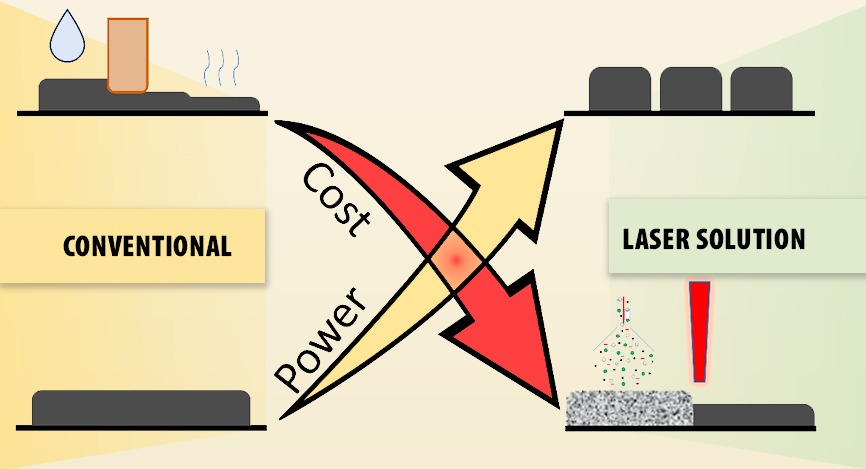LLNL, Ampcera partner to develop 3D printed lithium-ion batteries

Lawrence Livermore National Laboratory (LLNL) announced Monday that it is partnering with Ampcera Inc. to develop solvent-free Laser Powder Bed Fusion (L-PBF) additive manufacturing to fabricate 3D-structured lithium battery cathodes.
The cathodes will be one step closer to the next generation of lithium-ion batteries, LLNL said, which will require higher energy and power densities at a lower cost. The laboratory said current battery manufacturing is based on slurry casting and coating, which cannot improve the energy and power density metrics.
The project will receive $1.5 million from the U.S. Department of Energy’s Advanced Manufacturing Office.
“I applaud the Department of Energy for investing millions in innovative clean energy projects in California,” said U.S. Senator Alex Padilla. “Meeting our emissions goals and combating the climate crisis will require a concerted effort to develop new technologies — including better lithium-ion batteries. The research of today will allow us to create a strong, clean energy economy for years to come.”
Initially developed for 3D printing metal parts, the L-PBF is expected to be used in manufacturing technology to thermally bind the cathode powder mixtures onto the aluminum current collector. This will generate unique 3D structures for faster charging and higher-energy-density batteries, Jianchao Ye, LLNL’s staff scientist and principal investigator in the project.
“The environmentally benign process allows for thick high-capacity 3D cathode structures to be processed, enabling lithium-ion batteries to reach the fast-charging goal of 80% charge in 15 minutes or less,” Ye said.
Eliminating the solvent allows for ultrafast laser processing, which, in turn, allows large-scale battery manufacturing with higher production throughput, likely improved energy and power densities, and lower energy consumption and cost.
The partners said they will collaborate closely to build battery cells and evaluate their performance.
“The partnership between LLNL and Ampcera will accelerate the development and commercialization of the ultra-fast and low-cost L-PBF additive manufacturing technology for high-performance lithium battery manufacturing. After developing 3D-structured cathodes, we expect to expand the technology to anode design and also further explore its application in all-solid-state Li metal batteries with even higher energy and power densities,” said Hui Du, co-founder and CTO of Ampcera Inc.
